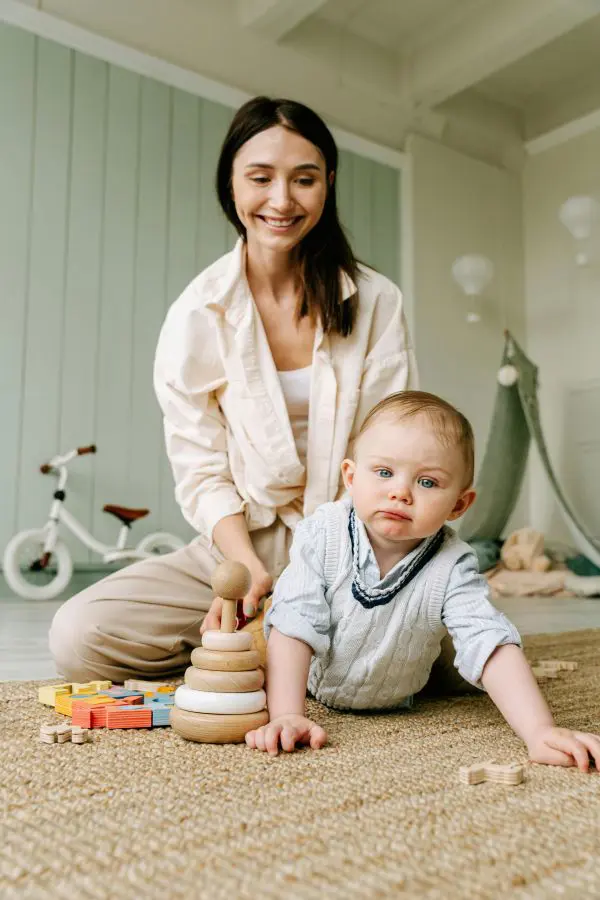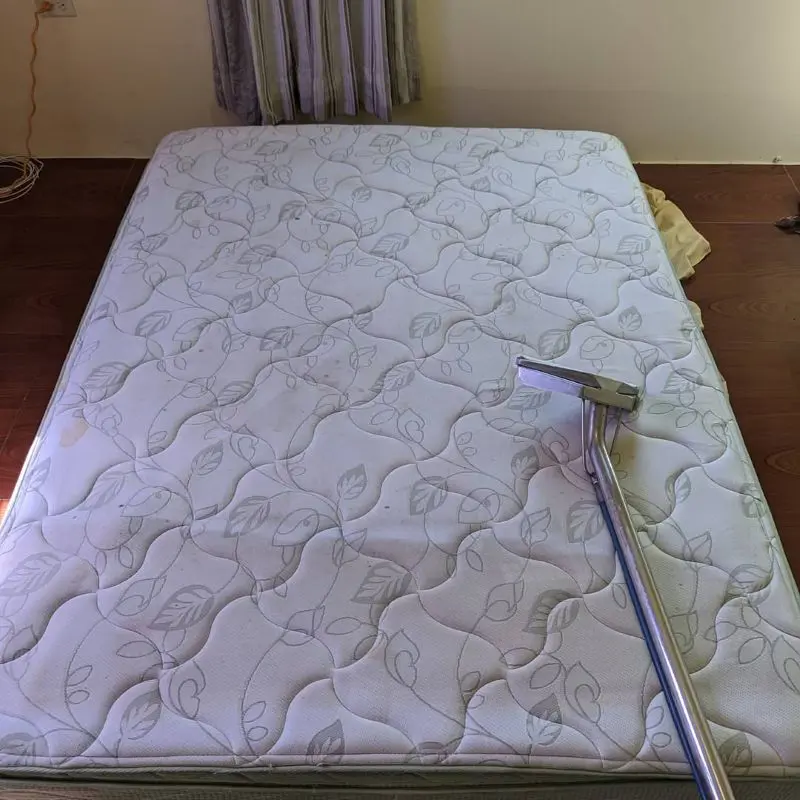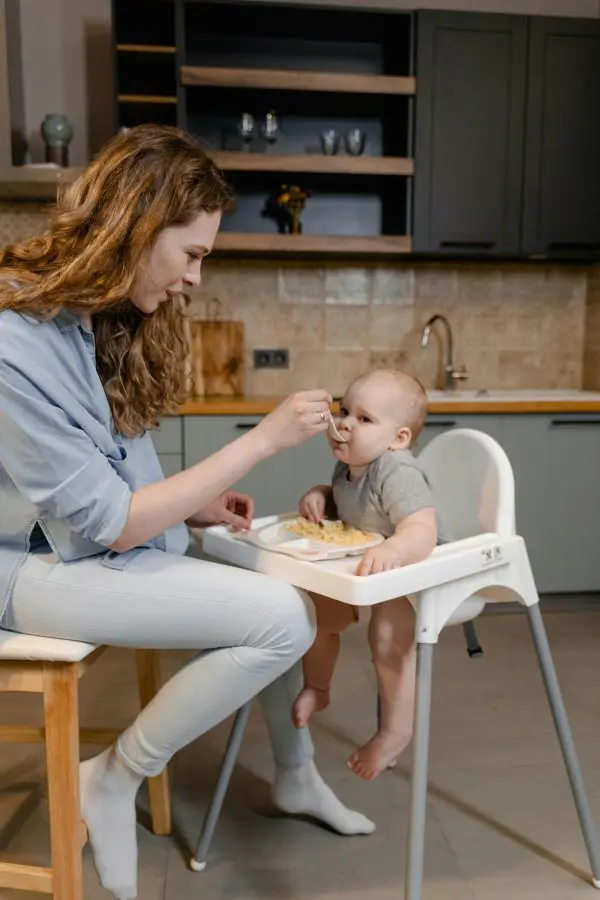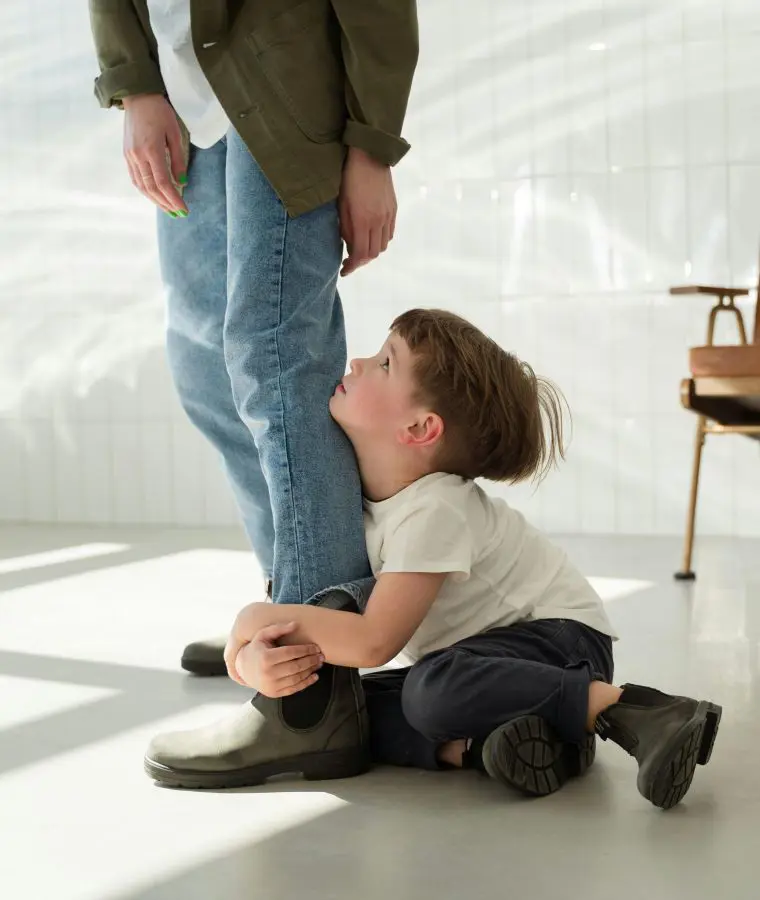When Do Babies Start Sitting Up?

When your baby reaches a new milestone each stage brings fresh excitement for parents. Learning to sit up without support stands out as one of the most joyful moments in your baby's growth. When babies achieve this skill, they grow physically while discovering their surroundings and enjoying social moments.
Here, we will delve into when babies typically start sitting up, the stages of this development, factors influencing these milestones, and how parents can support their little ones during this process.
The Journey To Sitting
The path to independent sitting begins long before your baby actually achieves this milestone. From birth, your little one gradually builds the strength and coordination needed for this important skill. While every baby develops at their own pace, most follow a general timeline of physical development that leads to sitting.
1. Newborn to 2 Months
During these early weeks, your baby is just beginning to discover their body. They are working on essential neck control, which forms the foundation for all future mobility. When held upright, they might show brief moments of head control, though it's still quite unsafe. This early head control is the first building block toward sitting independently.
2. 3 to 4 Months
By this stage, your baby's neck muscles have strengthened considerably. During tummy time, they can lift their head and chest, supported by their forearms. This position helps strengthen their back and core muscles- crucial elements for sitting. You might notice them holding their head steady when pulled to a sitting position, though they'll still need significant support.
3. 4 to 6 Months: The Pre-sitting Stage
This period marks exciting progress in your baby's journey toward sitting. They might begin to push up on their hands during tummy time, roll from tummy to back (and sometimes back to tummy), and show increased interest in being upright. When placed in a sitting position with support, they can typically hold their head steady and may begin to demonstrate brief moments of balance.
When Do Most Babies Start Sitting Up?

Most babies master the art of sitting independently between 6 and 8 months of age. However, it's important to remember that this is just an average- some babies might sit earlier, while others take a bit longer. Here's what the progression typically looks like:
1. 6 Months: The Tripod Sit
Around six months, many babies achieve a sitting position called the "tripod sit." They can sit while leaning forward on their hands for support, forming a triangle shape. This position shows they are building core strength but haven't yet mastered full balance control.
2. 7 Months: Growing Confidence
By seven months, many babies can sit without using their hands for support, though they might still wobble occasionally, no worries, this is how they learn. They are typically able to sit for longer periods and might begin reaching for toys while sitting.
3. 7-9 Months: Independent Sitting
Most babies have mastered independent sitting by this age. They can maintain their balance while playing with toys and can also transition in and out of sitting positions more smoothly.
4. Getting In and Out of Sitting (8-10 months)
Babies learn how to transition between sitting and other positions like crawling or lying down.
5. Functional Sitting (9-12 months)
At this stage, babies can move into a sitting position from lying down or crawling and can shift their weight to reach for toys while maintaining balance.
Things To Remember:
- Whether your baby is just starting to sit or can sit independently, parents or caregivers should never leave them alone.
- Some babies may take longer to sit up due to differences in growth, temperament, or even personality. Premature babies, for instance, might reach this milestone a little later.
Factor Influencing When Babies Sit Up

Several factors can influence your toddler to sit up and help them learn more about sitting, such as:
1. Physical Development
- Muscle strength: Good core strength is essential for sitting up. Babies develop this through tummy time and other activities that strengthen their back, neck, and abdominal muscles.
- Head control: Before sitting up, babies must achieve good head control. This usually occurs around 3-4 months when they can hold their head steady while being held or during tummy time.
2. Environmental Factors
- Tummy time: Regular tummy time helps strengthen the muscles needed for sitting. It encourages babies to lift their heads and push up on their arms, which builds strength in their upper body.
- Encouragement and interaction: Engaging with babies during playtime can motivate them to practice sitting. Caregivers should provide toys that encourage reaching and twisting while seated.
3. Individual Variability
Every baby is unique: some may reach milestones sooner due to genetic factors or differences in physical development. Cultural practices also play a role; in some cultures, babies are encouraged to sit earlier due to different caregiving practices.
Signs Your Baby Is Ready to Sit Up
Babies give subtle hints that they are ready to sit up. Look for these signs:
- Good head control: Your baby should be able to hold their head steady without shaking.
- Rolling over: Mastery of rolling over indicates developing strength and coordination.
- Pushing up: If your baby pushes themselves up from lying down during tummy time, they are building the necessary muscles.
- Curiosity: They try to sit up or pull themselves forward when lying down.
How Parents Can Support Sitting Development?

Supporting a baby's journey to sitting involves creating a safe environment for exploration and providing practice opportunities:
1. Encourage Tummy Time
Tummy time is crucial for developing the muscles needed for sitting. Aim for short sessions several times a day:
- Start with 3-5 minutes at a time.
- Gradually increase the time limit as your baby becomes more comfortable.
2. Use Supportive Props
When your baby is learning to sit, use pillows or cushions around them for safety:
- This helps prevent falls while they gain balance.
- It allows them to explore reaching for toys without fear of falling over.
3. Interactive Play
Engage your baby in play that encourages them to reach out while seated:
- Place toys just out of reach so they need to lean forward.
- Encourage them to twist and turn while maintaining their balance.
- Try mirror play- babies love looking at themselves in mirrors, which motivates them to sit up and engage.
4. Limit Time in Baby Seats
While baby seats can be convenient, they should be used sparingly:
- Limit use to 15-30 minutes per day
- Prolonged use can hamper muscle development which is necessary for sitting.
5. Assist with Hands-On Support
- Hold your baby in a seated position on your lap.
- Gradually reduce the level of support as they gain strength and balance.
Safety Considerations During the Learning Phase
As your baby learns to sit independently, keeping them safe becomes increasingly important. Here are essential safety measures to implement:
Creating a Safe Environment
- Place soft cushions or pillows around your sitting baby to catch potential falls
- Always practice sitting on a flat, firm surface
- Check and remove any hard or sharp objects from the immediate area
- Never leave your sitting baby unattended, especially on elevated surfaces
- Ensure the floor surface provides some grip rather than being slippery
Why Is Sitting Up Important?
Sitting up is a critical developmental milestone that reflects your baby's growing strength, coordination, and balance. This ability is not just about sitting but also about laying the groundwork for other skills like crawling, standing, and walking.
The importance of sitting up is mentioned below:
- Core strength development: Sitting up helps build core muscles, which are essential for future movements.
- Exploration: Sitting allows babies to see their surroundings better, enhancing their curiosity and engagement.
- Social interaction: Once babies can sit, they become more interactive and this communal behavior helps to boost bonding and communication with their loved ones.
- Hand coordination: Hand coordination will be perfect when they start sitting and freeing up their hands, which enables them to reach, grab, and play with different objects.
When To Seek Professional Advice?

While development varies among babies, certain signs might warrant a discussion with your pediatrician.
- No attempts to push up during tummy time by 4 months
- Unable to hold the head steady when supported in a sitting position for 4 months
- Shows no interest in trying to sit or resist when placed in a sitting position by 7 months
- Seems to favor one side of the body significantly more than the other
- Shows significant frustration or distress when attempting to sit
Common Concerns About Sitting Development
1. What if my baby isn't sitting up by 9 months?
If your baby hasn't started sitting up by 9 months, first of all, don't panic:
- Each child develops at their own pace; some may take longer due to individual differences
- However, if you have concerns about your baby's development, consult your pediatrician for personalized advice.
2. Can sitting up too early be harmful?
Forcing a baby to sit before they are ready can strain their muscles and spine. That's why, allow your baby to progress naturally.
3. Does prematurity affect sitting milestones?
Premature babies often reach milestones later than full-term babies. Therefore, being parents or caregivers, it will be best if you adjust developmental expectations based on their corrected age.
4. Should I be concerned about wobbling?
It's normal for babies to wobble when they first start sitting. This is part of their learning process as they develop balance and coordination.
5. Potential Development Delays
While most babies will eventually learn to sit up independently, some may experience delays due to various factors such as prematurity or medical conditions.
The Role of Nutrition in Development
Proper nutrition is crucial for your baby's physical development, including the ability to sit up. Here are some key nutrients:
- Protein: Supports muscle growth and repair.
- Calcium and Vitamin D: Essential for strong bones.
- Iron: Aids in oxygen delivery to muscles.
- Healthy fats: Crucial for brain and muscle development.
Breast milk or formula provides these nutrients in the first 6 months, after which solid foods can complement their diet.
Beyond Sitting: What Comes Next?
Once your baby masters sitting independently, the way will be open for other developmental progress. Some additional exciting milestones after baby began to sit up independently are:
- Crawling or scooting
- Pulling up to stand
- Cruising along furniture
- Taking first steps
Each of these milestones builds upon the strength and coordination developed during the sitting age, making it such a crucial part of your baby's physical development.
Supporting Your Baby's Overall Development
Remember that physical development is just one aspect of your baby's growth. During this sitting milestone period, you might also notice progress in other areas:
1. Cognitive Development
- Increased interest in surroundings
- Better hand-eye coordination
- Improved object manipulation
- Growing understanding of cause and effect
2. Social Development
- More interactive play
- Increased vocalization
- Greater engagement with caregivers
- Enhanced emotional expressions
In A Nutshell
Each baby develops at their own pace and often starts sitting around 4 to 7 months old. A supportive space combined with tummy time activities and baby play will build your baby's necessary strength and control for this important developmental stage. Similarly, if you have any concerns regarding the baby's sitting, visit the pediatrician at any time. Lastly, support your baby's development as you experience the wonderful time he or she grows during this phase.





